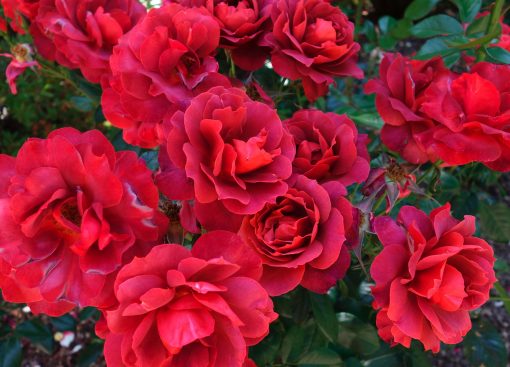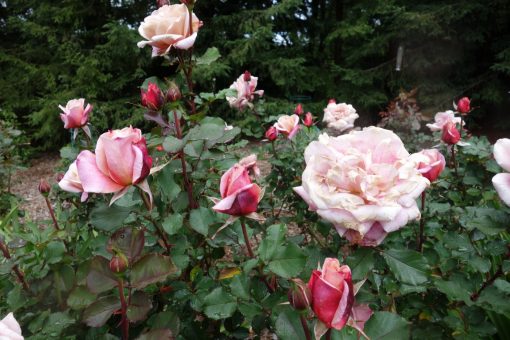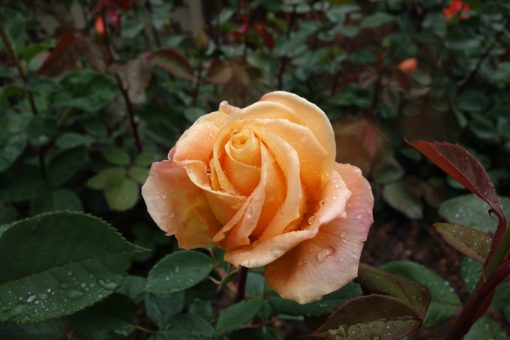
I see some outstanding new rose varieties available for the 2023 season. It won’t come as a surprise that they are all very fragrant and have good disease resistance. So while you’re out in your garden pruning your existing roses consider adding a new one or two now available in barefoot form as they are less expensive than the canned ones. Here are a few that caught my eye.
Heavenly Scented is a traditional hybrid tea rose with both a strong scent and disease resistance. This stunning rose produces 4-5 inch salmon blooms that have a great spicy-fruity fragrance and are good for cutting. Also out this year is Picture Perfect, a bright fuchsia rose with a creamy white reverse. With strong disease resistance and showy fragrant blooms borne on long stems this is another great rose for bouquets.
Or maybe the magenta Sultry Night with touches of blue and a lighter reverse would look stunning in your garden alongside Uptown Girl which is a great beginner’s rose with scalloped coral-pink petals with the look of English roses?

But what about pruning those existing roses in your garden? First of all remember that roses are super forgiving so just go for it and you can trim them up again later. Here are some tips to get started.
Most of us want our rose bushes to produce lots of roses on a compact shrub and not just a few exhibition size blooms so prune your shrubs moderately. The goal is to keep the center of the plant open for good air circulation aiming for a vase-shaped bush with an open center. Cut out canes that cross, appear weak or are diseased, spindly or dead. Healthy canes appear green or reddish while old and dying canes are brown. Cut back the remaining stems by about one third. When pruning, cut canes at a 45-degree angle just above an outward facing leaf bud or a swelling on the cane Slant the cut away from the bud to encourage growth outward. Clean pruners after every use to prevent the spread of disease and keep your pruners sharp.
Heirlooms roses such as David Austin, other old antique garden roses, and floribunda roses require less pruning because their open look is part of their charm. Keep this in mind and prune lightly. Old garden roses that bloom once in the spring should be pruned after flowering.
Same goes for climbing roses. Cut out extra stems if there are too many and also cut back long established canes to about the place where they are slightly thicker than a pencil. Then cut each side stem down to several inches. This will make the cane flower along its complete length for a beautiful spring display.

It’s best to prune your roses before roses start leafing out or some of their energy will be wasted. Pull off and rake away any old leaves. They can spread fungal spores. Consider spraying dormant plants with a combination of organic horticultural oil and copper soap or lime-sulfur. If you usually only have problems with black spot you can use a mixture of 1 teaspoon baking soda with a few drops of light horticultural oil in 1 quart water and spray every 7 to s10 days during the spring.
Prune your roses throughout the growing season, too. Deadheading, or cutting off spent flowers, encourages plants to re-bloom. Mulch around your roses to conserve water and encourage soil microorganisms.
